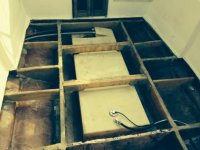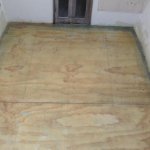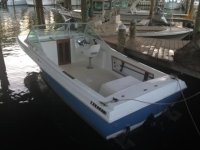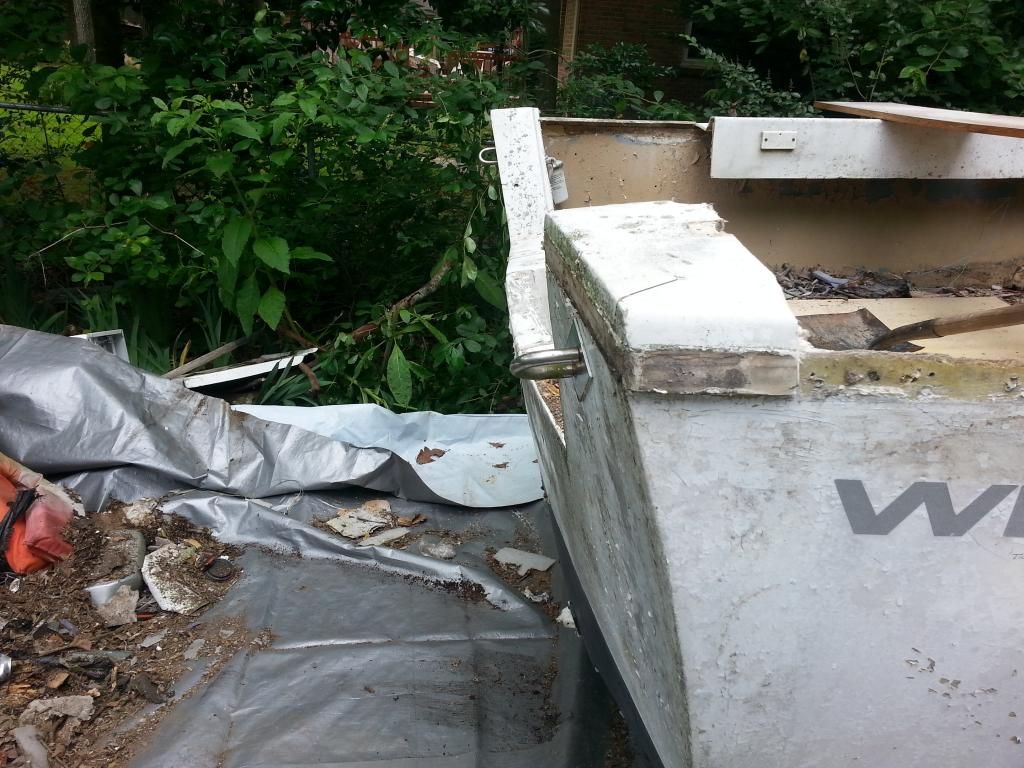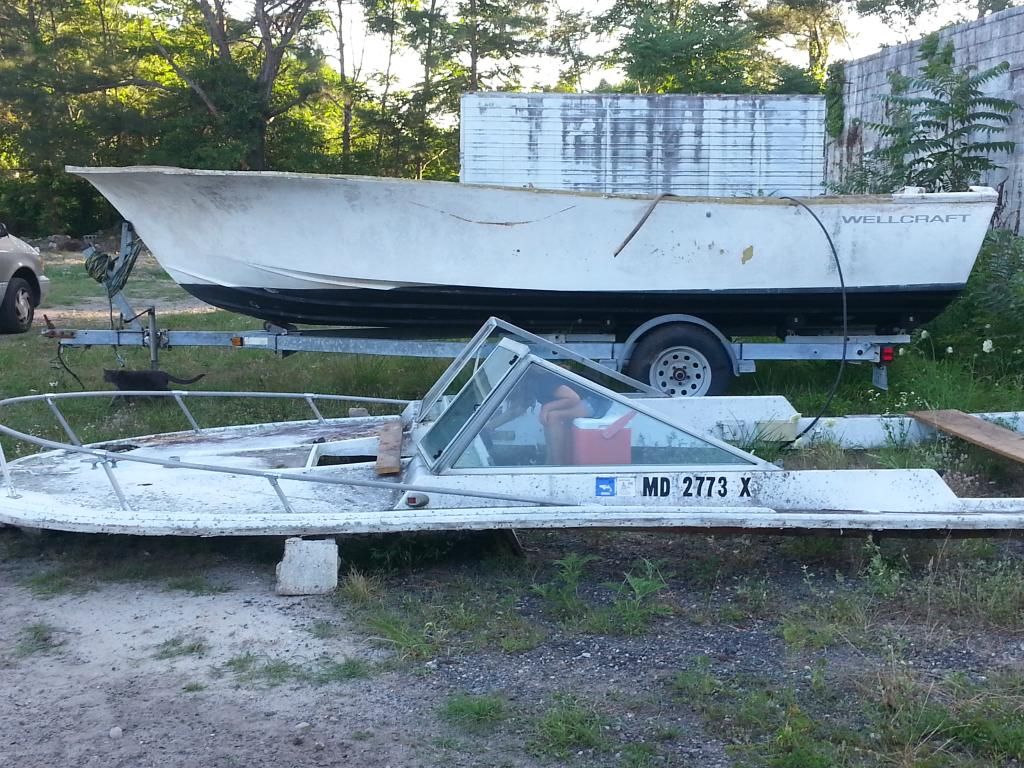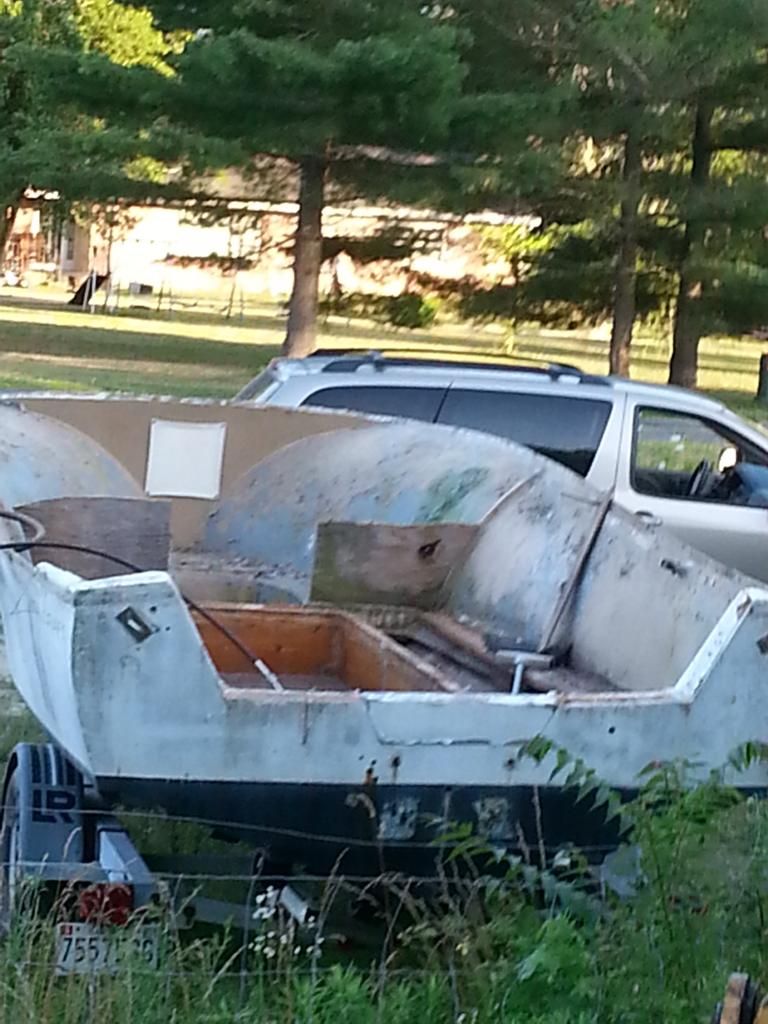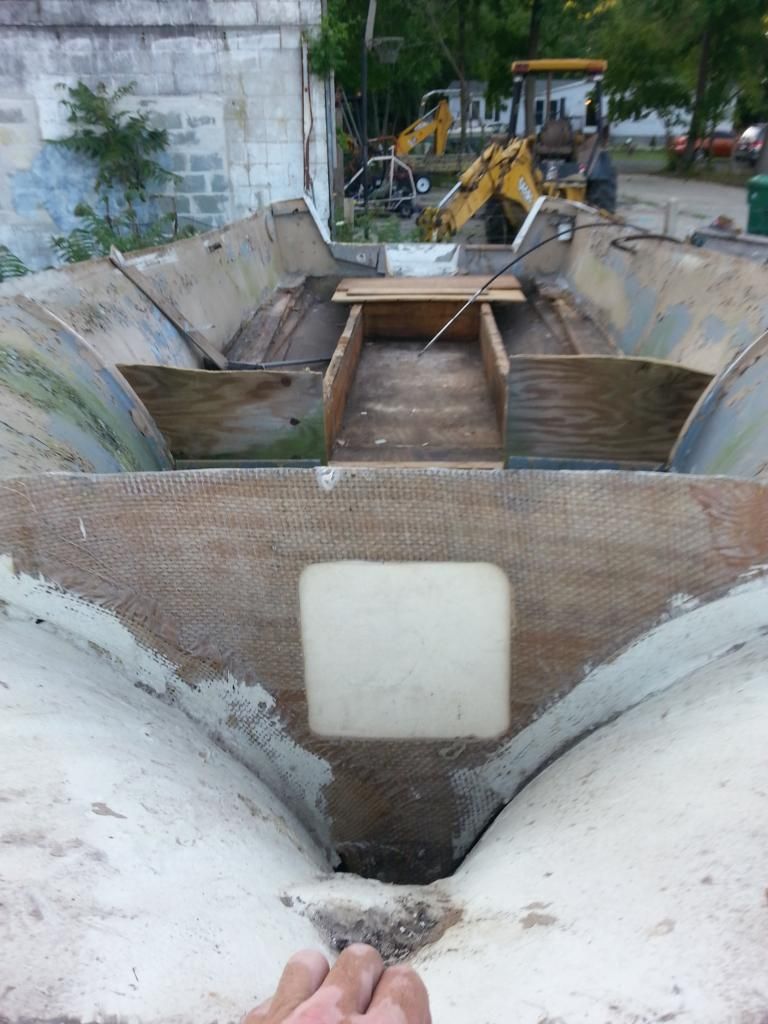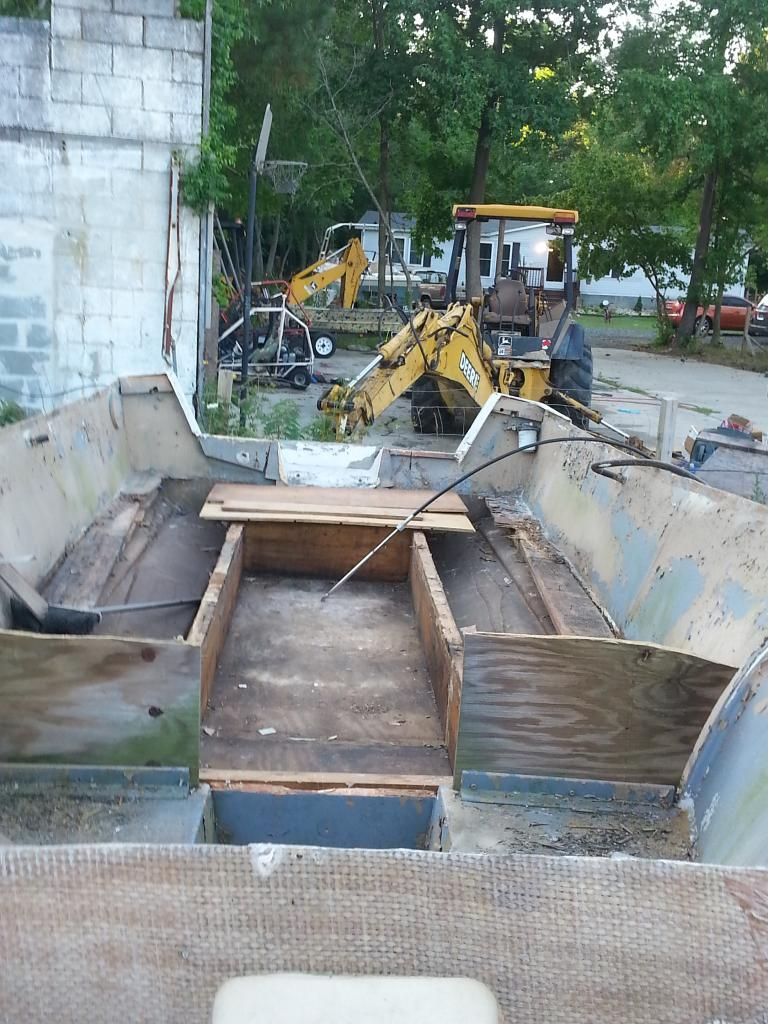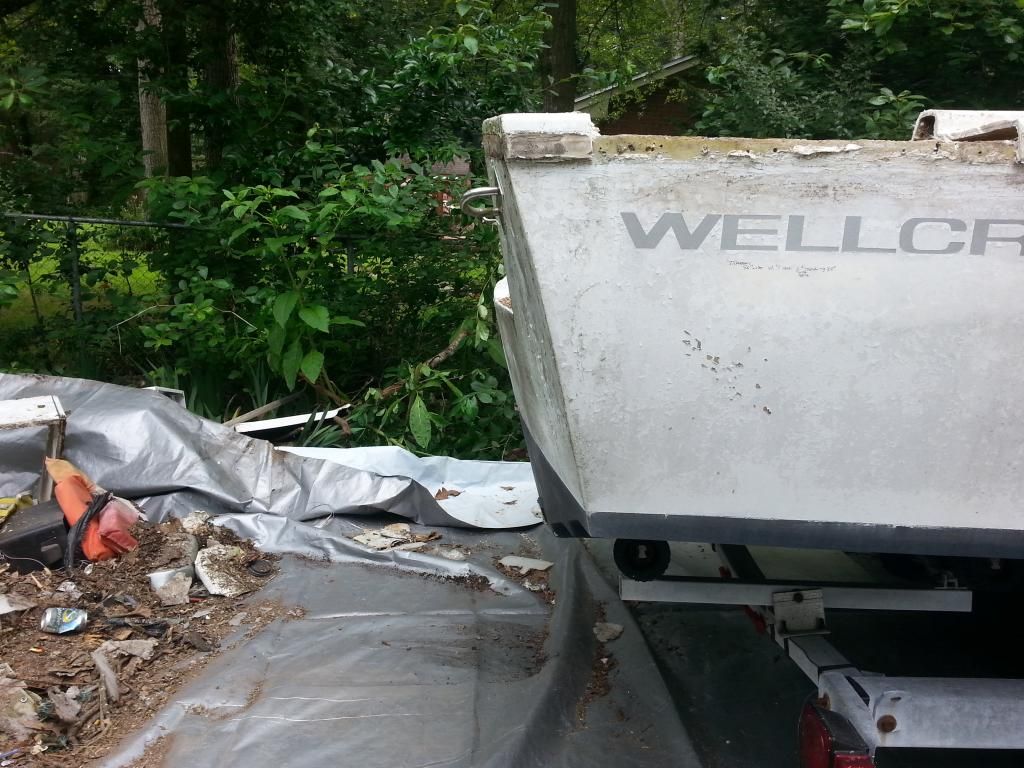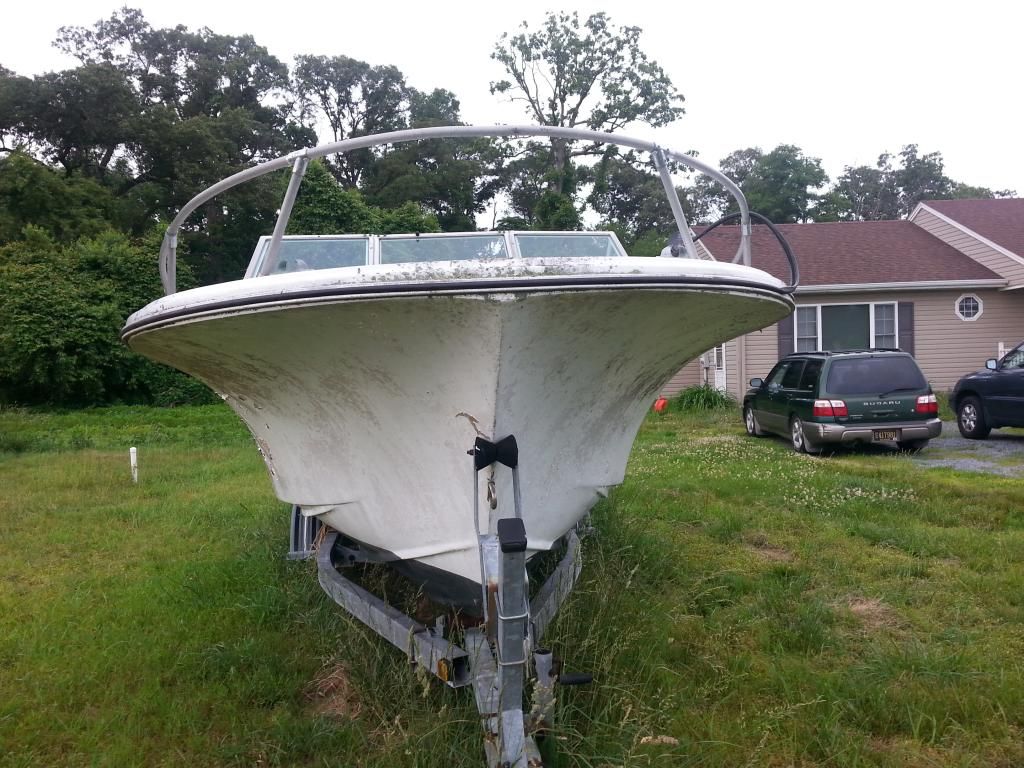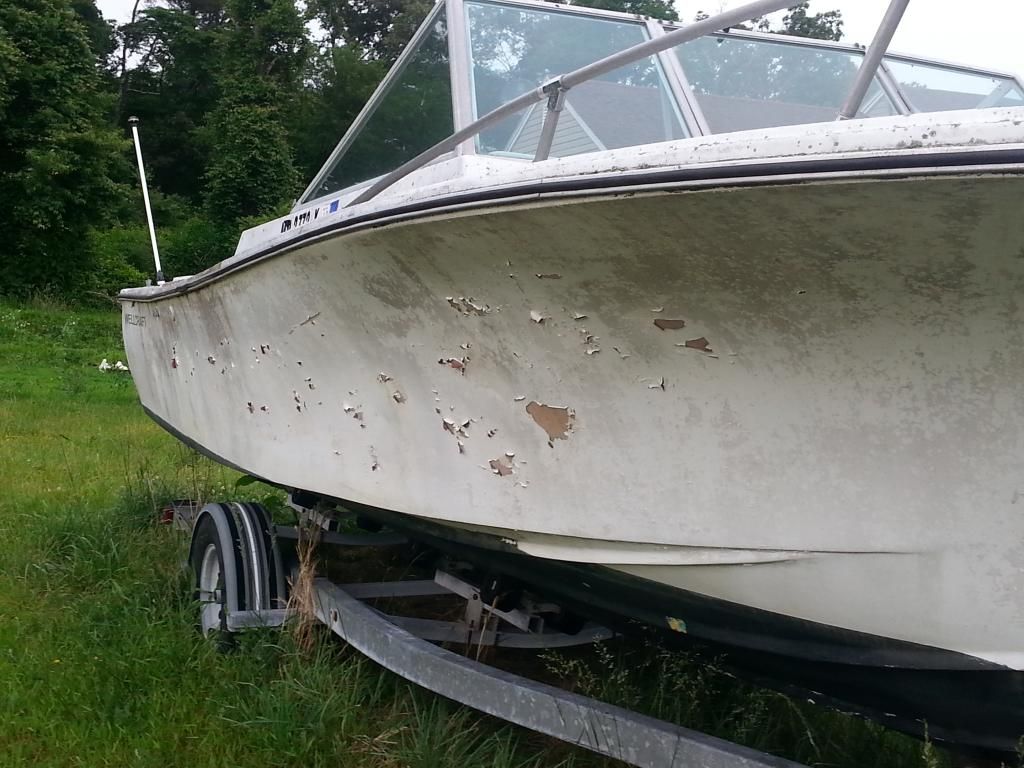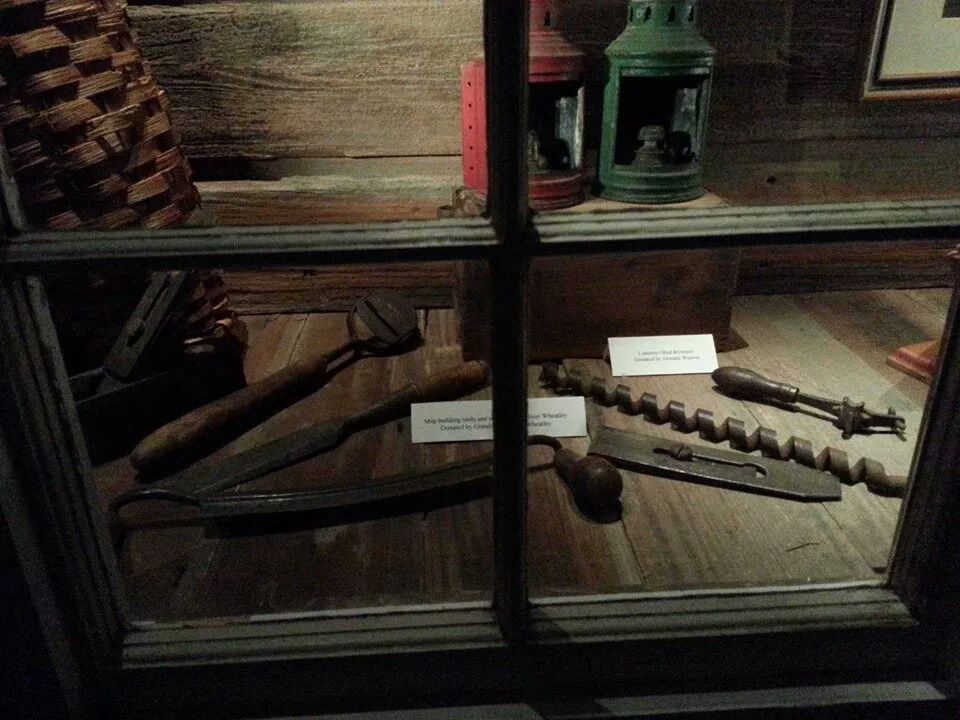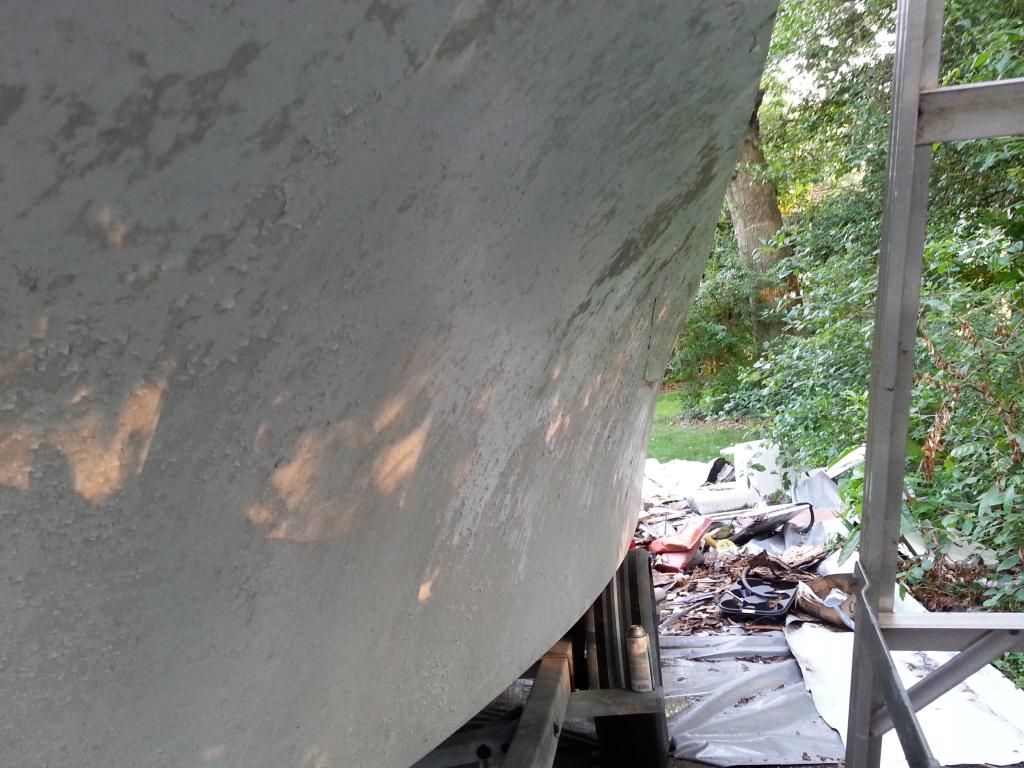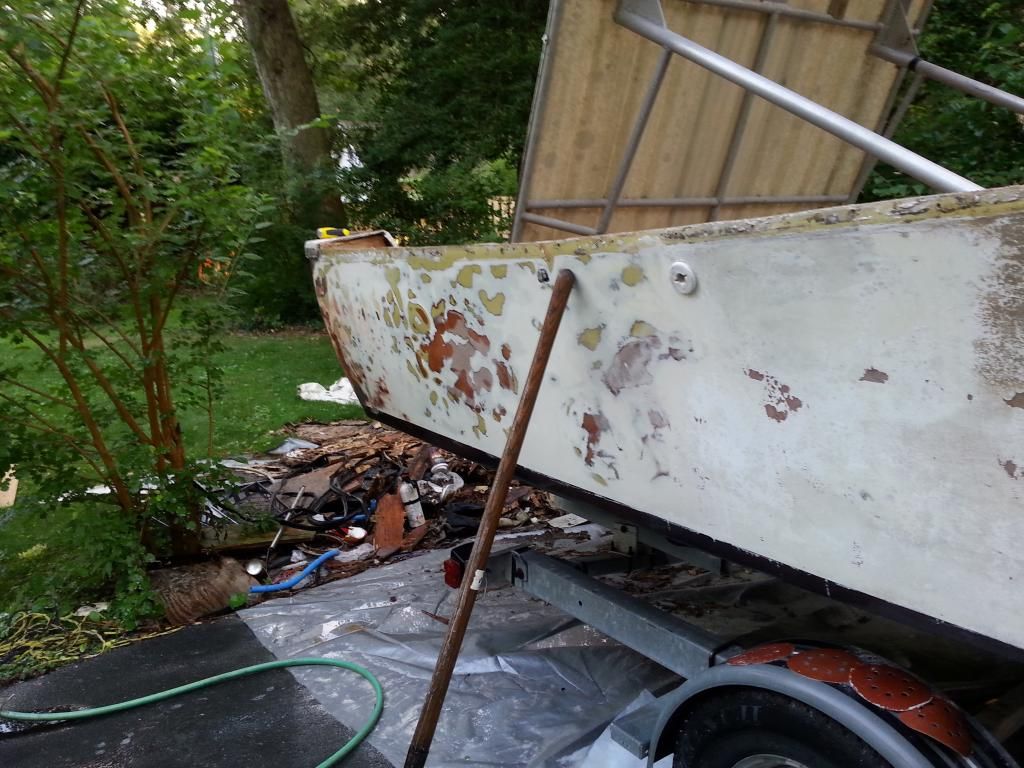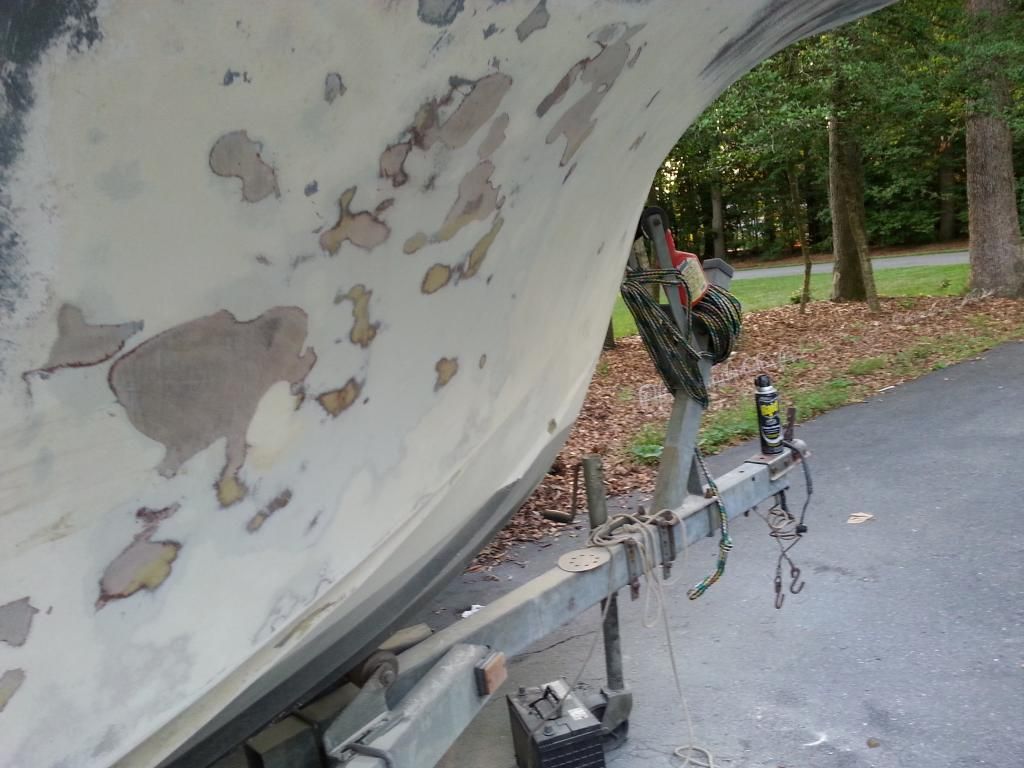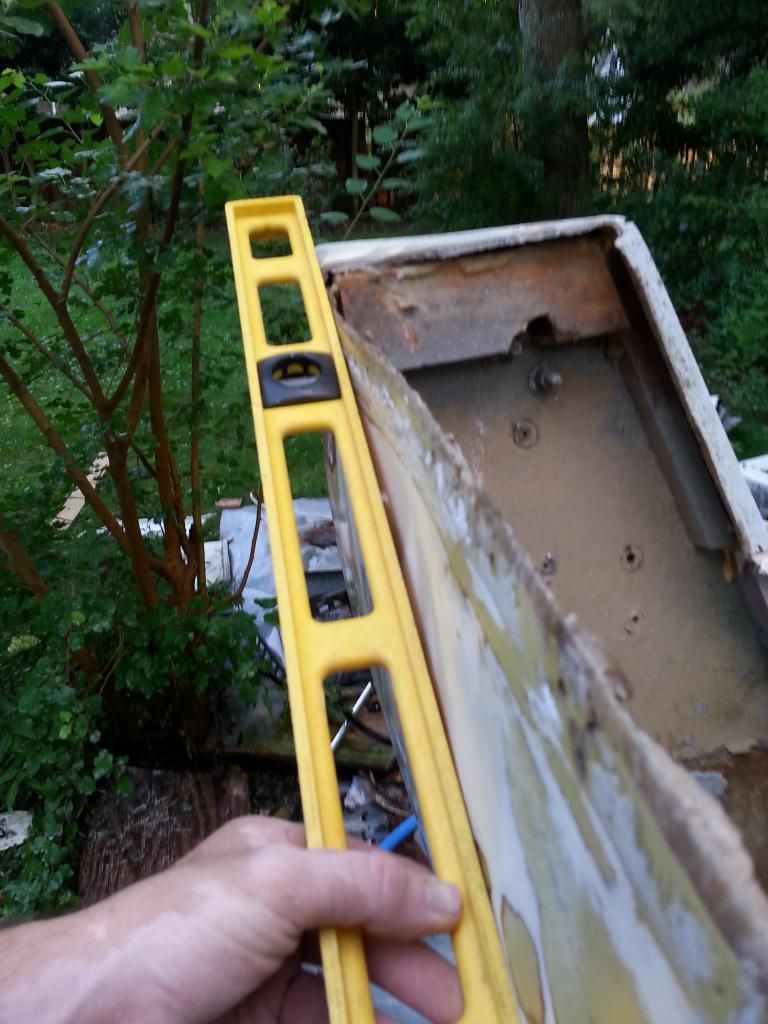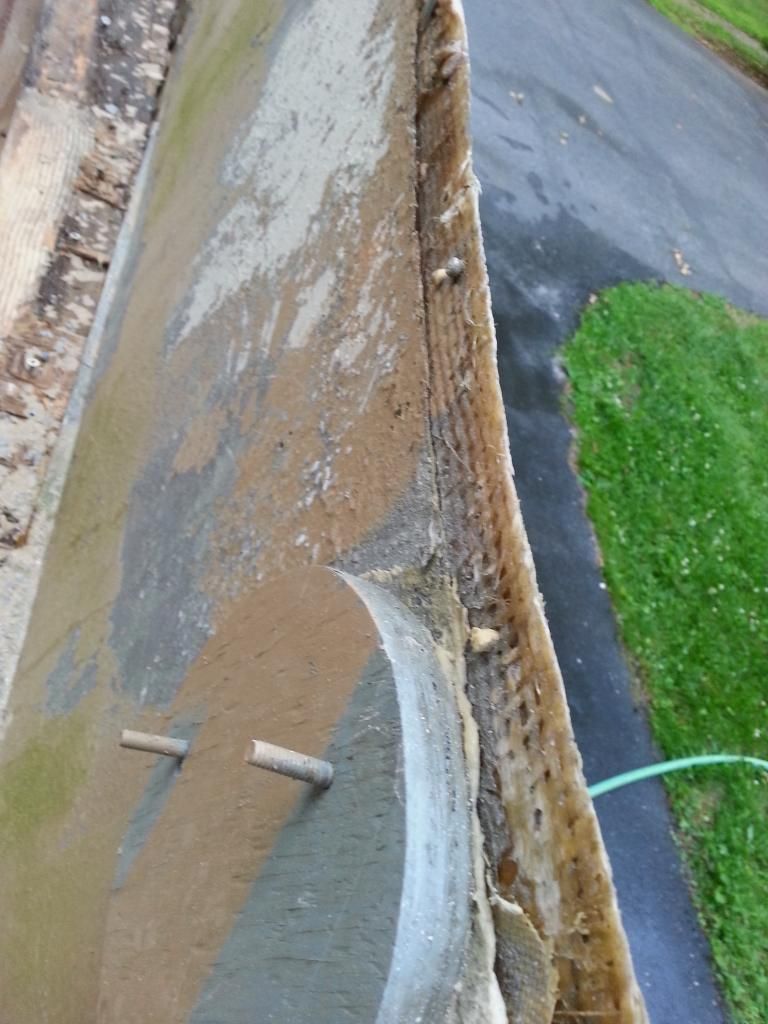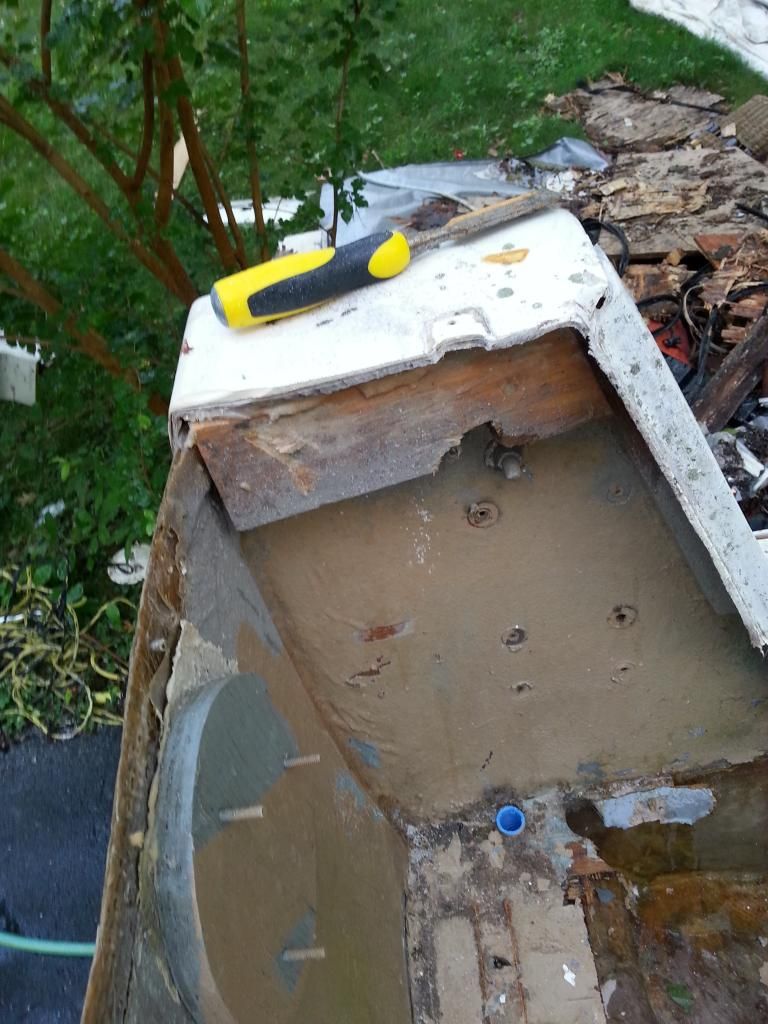Tons of questions!! Help please
So Im still confused about the stringers and transom and have a million questions.*
Transom
With the slight curve of transom Ive been told to start with 1/4" ply as it will easly bend to the exisiting outter skin. What do the pros say?
Here is the layup Ive been thinking..
outter skin, resin & mat? or glue?, 1/4" ply, using a/a or a/b fir,resin & mat? or glue?, 1/2" ply, resin & mat, 1/2" ply, resin & mat, 1/2", resin & mat, till i get 2.5", told thats the thickness i need to safely hang a floation bracket..need advice there too....Should i fillet the edges of each transom ply as i go? tabbing each piece as I go? 1708 for the outter skin x 2
Stringers
are they one single piece of ply? 1"? PO screwed 2"x12"s to the inside of the factory 2"..po raised the floor to the height I'll be going to. Replacment stringers will match factory location. what ive seen on a few builds If so how do you tie in two pieces for your lenght?*
For instance, did you make a "bed" for the stringers? is epoxy glue good enough for the bed? or use mat & resin?
should the old glass encapsulating the old stringers be completely removed?
Keep up the great work and thanks again for any input!
Thnaks a million for the help!
I'll get pics up later. .. the lady is bugging to go out to dinner. .. she's in for a shocker when I buy all this ply & glass. .. maybe I'm crazy for persuring this. .. but this thing will be set up awesome when I'm done ray2:
ray2:
So Im still confused about the stringers and transom and have a million questions.*
Transom
With the slight curve of transom Ive been told to start with 1/4" ply as it will easly bend to the exisiting outter skin. What do the pros say?
Here is the layup Ive been thinking..
outter skin, resin & mat? or glue?, 1/4" ply, using a/a or a/b fir,resin & mat? or glue?, 1/2" ply, resin & mat, 1/2" ply, resin & mat, 1/2", resin & mat, till i get 2.5", told thats the thickness i need to safely hang a floation bracket..need advice there too....Should i fillet the edges of each transom ply as i go? tabbing each piece as I go? 1708 for the outter skin x 2
Stringers
are they one single piece of ply? 1"? PO screwed 2"x12"s to the inside of the factory 2"..po raised the floor to the height I'll be going to. Replacment stringers will match factory location. what ive seen on a few builds If so how do you tie in two pieces for your lenght?*
For instance, did you make a "bed" for the stringers? is epoxy glue good enough for the bed? or use mat & resin?
should the old glass encapsulating the old stringers be completely removed?
Keep up the great work and thanks again for any input!
Thnaks a million for the help!
I'll get pics up later. .. the lady is bugging to go out to dinner. .. she's in for a shocker when I buy all this ply & glass. .. maybe I'm crazy for persuring this. .. but this thing will be set up awesome when I'm done

